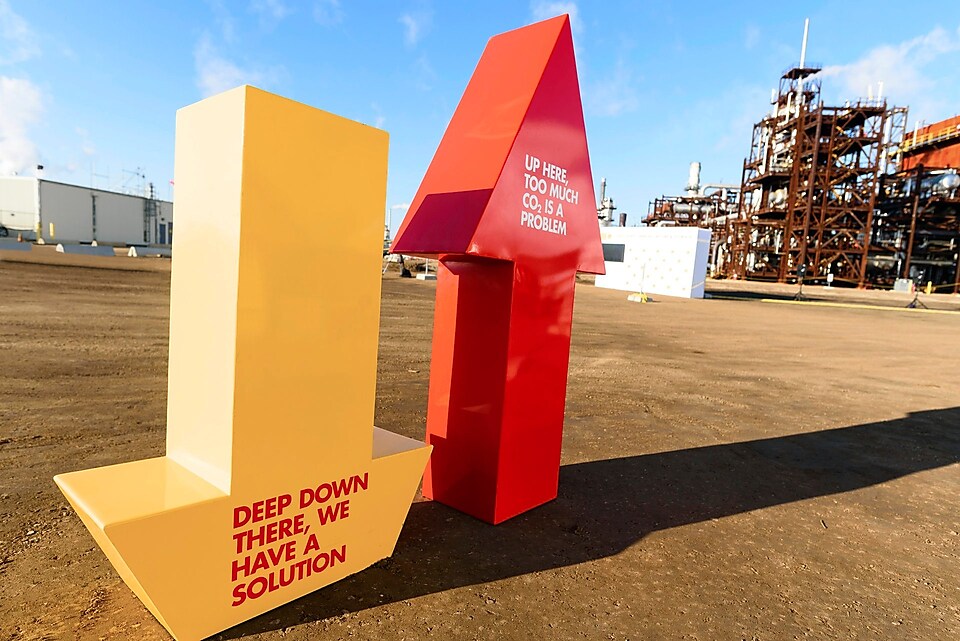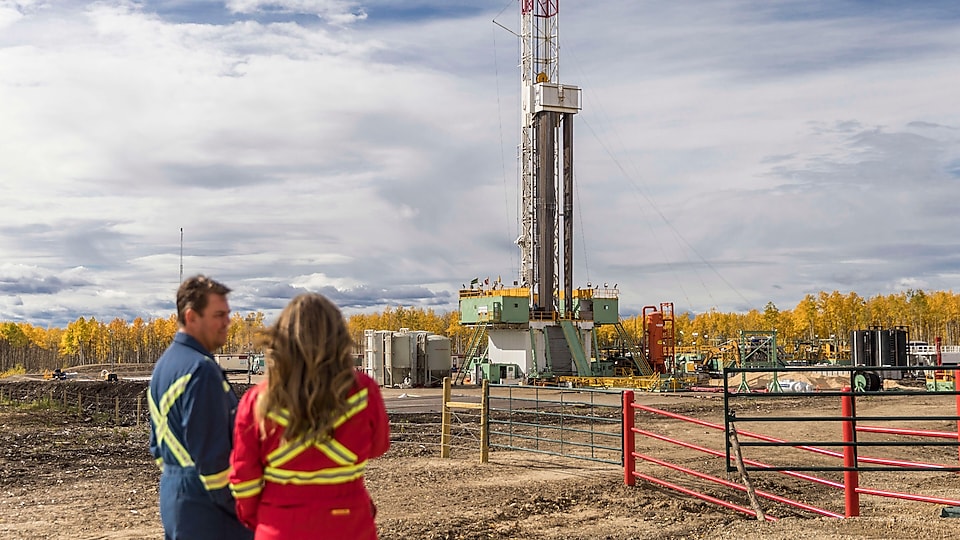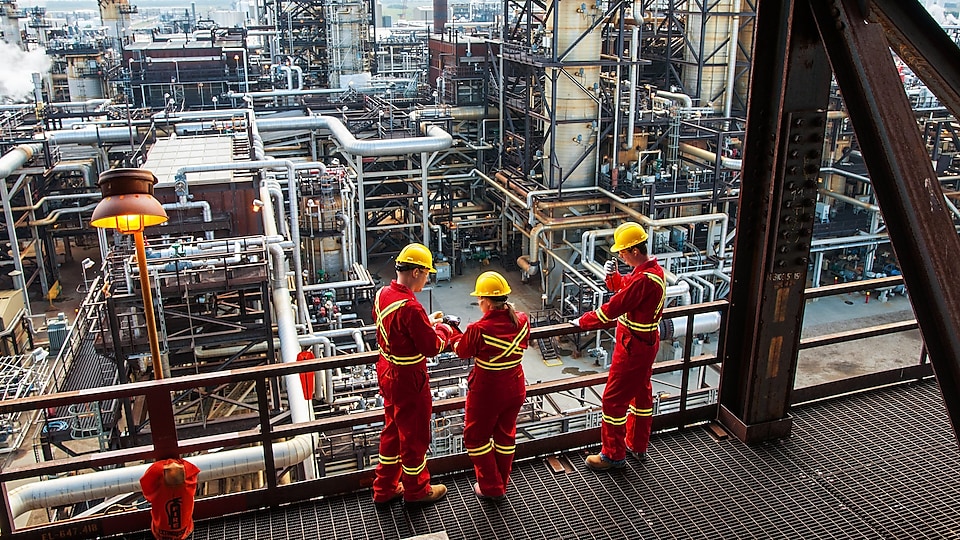A CCS Project that is Exceeding Expectations
In its first operating year, Quest has captured and safely stored one million tonnes of CO2, and has achieved this milestone ahead of schedule.

“The success we are seeing in Quest demonstrates that Canadians are at the forefront of carbon capture and storage technology, showing the world that we can develop real solutions to address climate change,” said Zoe Yujnovich, Executive Vice President, Heavy Oil for Shell. “Not only is Quest capturing and storing CO2 emissions from our oil sands operations, but its technology can be applied to other industries around the world to significantly reduce their CO2 emissions.”
Quest has been working better than planned, both in preventing CO2 from entering the atmosphere and in safely storing that CO2 deep underground, since its start-up celebration in November 2015. Both its capture technology and storage capability have helped Quest exceed its target of capturing one million tonnes of CO2 per year, and through careful study and monitoring, the subsurface geology is proving ideal for long-term, safe storage of CO2.
Shell is doing their part, through Quest, to share knowledge and technology, to help bring down the cost of CCS. If Quest was built again today, we estimate that it would cost 20-30 per cent less to construct and operate thanks to a variety of factors including capital efficiency improvements and a lower cost environment.
Since 2014, Quest has drawn interest from governments and education institutions in places like the US, Korea, The Netherlands, Norway, Mexico and Taiwan. We continue to share knowledge and lessons learned by hosting more than 50 international delegations at Quest and by collaborating with others to improve their technology.
More in Projects and Sites
Groundbirch
Produces methane, natural gas liquids and condensate and could provide Shell’s equity share of natural gas to LNG Canada.
Scotford
One of North America’s most efficient, modern and integrated hydrocarbon processing sites, converting oil sands bitumen into finished, marketable products.

